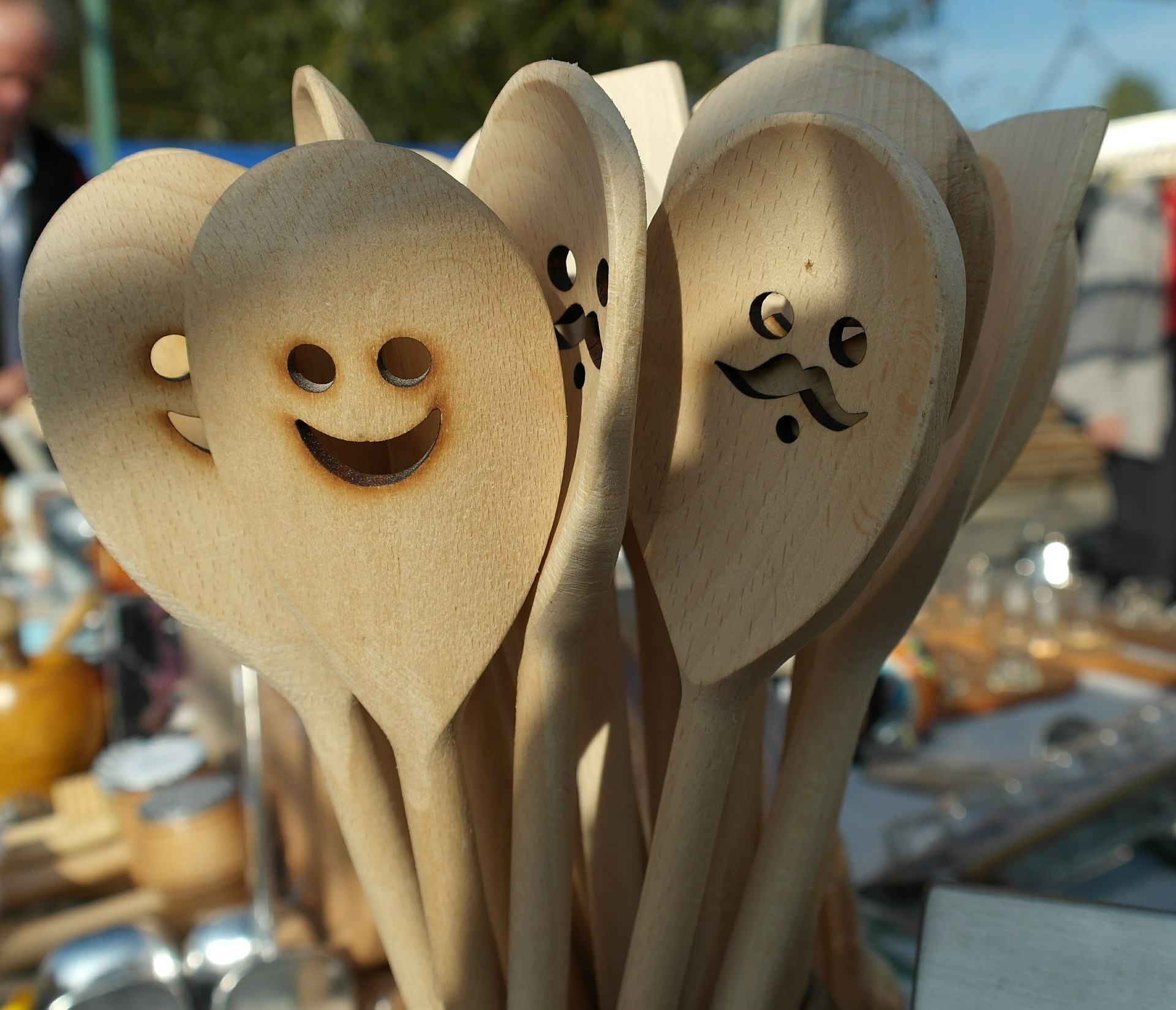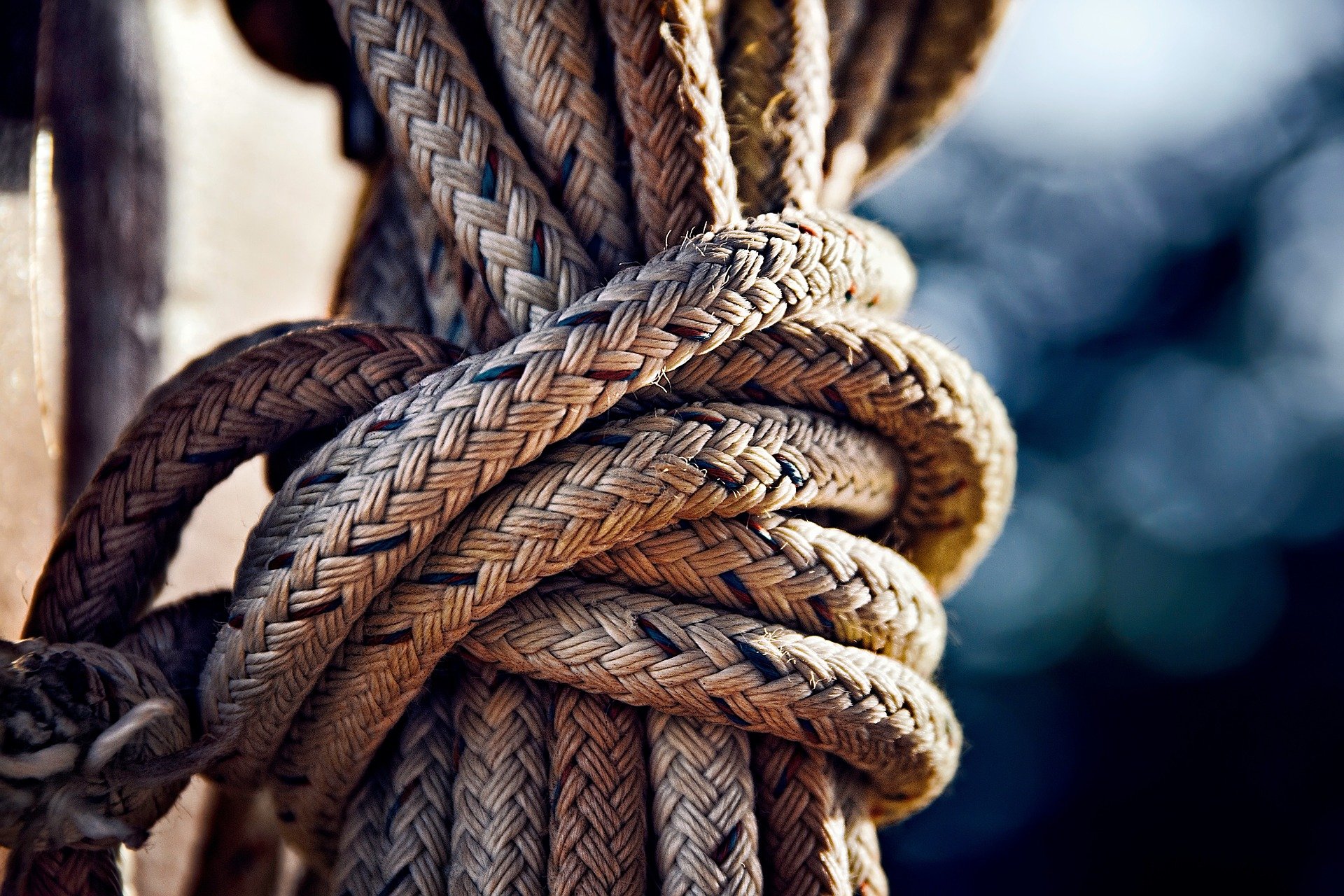Easter Gold Embroidery in Spain
Country of the crafting: Spain
Region of the crafting: Andalusia
Type of the crafting: Textile
1. Geographic Area
In Andalusia thanks to this complex reality that is Easter week , we have been very fortunate that the art of embroidery has stood the test of time and it is an artistic activity of great importance in all orders.
2. Craft characteristics
We use strands of gold (or to a lesser extent, silver). The main characteristic of embroidery with gold or silver thread is that it never crosses the fabric, that is, it remains extended on its surface and it is small stitches of yellow cotton threads for gold and white for silver that go fixing. It is usually made on cloth, velvet or silk.
3. The technique
The technique is relatively simple: the golden thread is not threaded into the needle, but is passed over the fabric and sewn without going through it; and that is not especially difficult, everyone can learn, although it takes a lot of time and patience.
4. Used materials
Needles, Pins, Frame, Drill, Thimble, Brushes, Tweezers, Templates, Gold strands.
5. History
The invention and the first development of this art isattributed to the Baby lonians, since the most famous embroidered in the Ancient Age,came from Mesopotamia. In Spain, due to centuries of Muslim domination, the influence of Arabic embroidery was very important. of the various Spanish styles, the most striking was the black sheep wool knit on white linen.
The evolution of embroidery in Spain ran parallel to that of the rest of Europe; however, some regional varieties, which are still practiced today, they retain the characteristics and peculiarities they had in the 16th century









